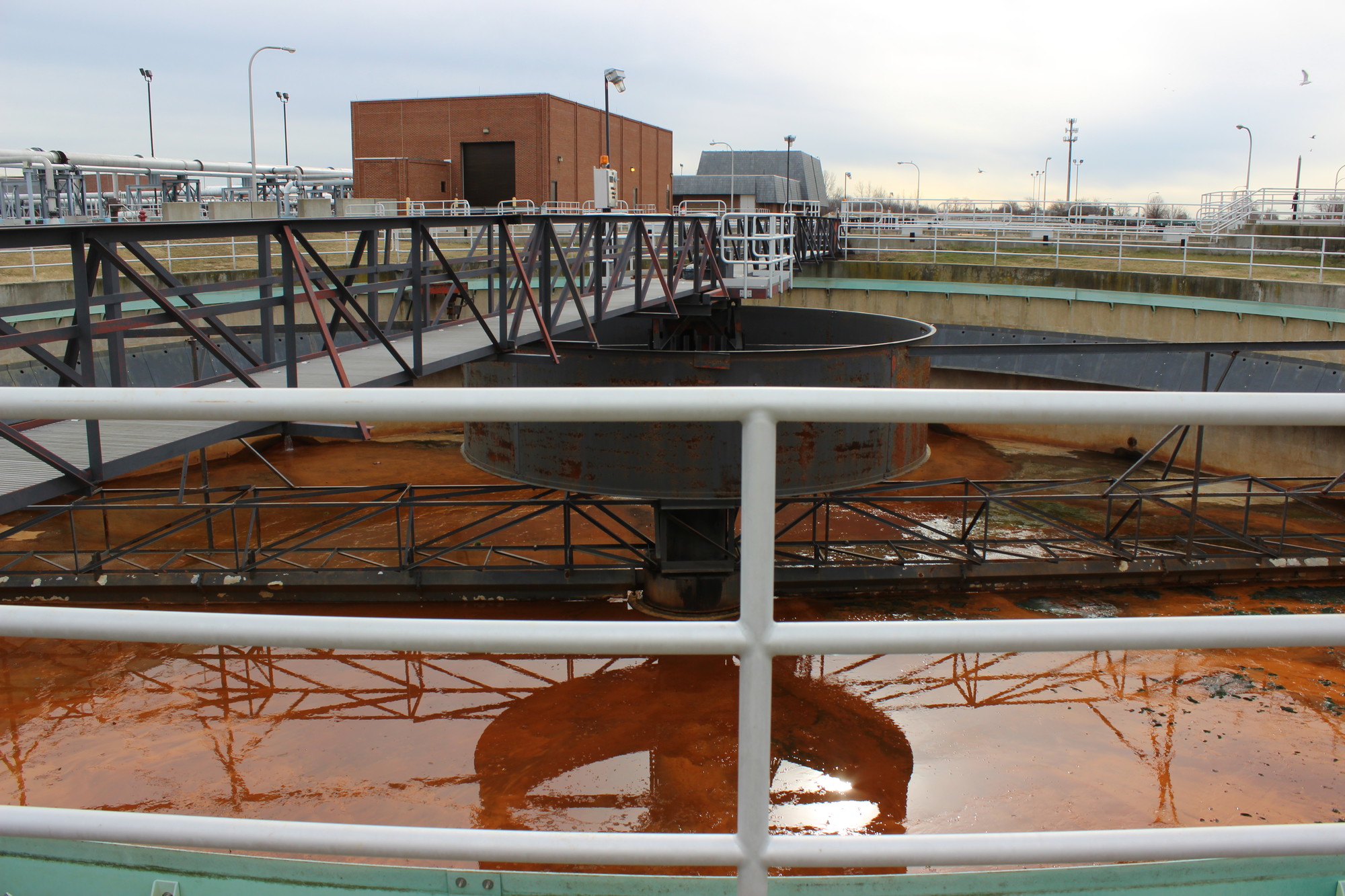A smooth transition at Cedar Creek
United Water takes over operations of sewage treatment plant
United Water is making changes at the sewage treatment plants, including the Cedar Creek Wastewater Treatment Plant, which is expected to realize a $12 million savings to taxpayers this year. Michael Martino, spokesman for United Water, said the transition from a municipally run facility to one that is operated and managed by a private concern, has been “seamless,” he said.
“Safety is paramount to us and there is a great deal of training going on,” he said. Additionally, Martino said the company is moving forward with capital projects and examining maintenance procedures.
The Herald took a tour of the Cedar Creek facility last week with United Water’s Director of Operations Jean Claude Seropian and Dan Ryan, director of operations for Cedar Creek, that highlighted how sewage is treated as well as some of the projects under way.
Cedar Creek is licensed to process 70 million gallons of sewage per day, but it typically processes 55 million gallons a day. Cedar Creek is one of Nassau County’s three sewage plants. The other two plants are Bay Park and Glen Cove.
Ryan explained that the aim of the wastewater treatment plant is to remove as much of the suspended solids as possible from sewage before the remaining water, called effluent, is discharged back into the environment. In the case of Cedar Creek, effluent is pumped out to a two-mile mark in the Atlantic Ocean. At Cedar Creek, waste is treated in three steps — preliminary, primary and secondary, Ryan explained.
The preliminary treatment removes large materials that can easily be collected from the raw sewage before they damage or clog pumps and sewage lines of the primary treatment clarifiers. The influent in sewage water passes through a bar screen to remove all large objects, followed by a grit removal system that allows for the settlement of sand, grit, stones and broken glass to be removed.
In the primary treatment process, sewage flows through large tanks called primary clarifiers — settling tanks built with mechanically driven scrapers that continuously remove solids being deposited by sedimentation. Primary treatment helps to reduce biodegradable organics or BODs.









